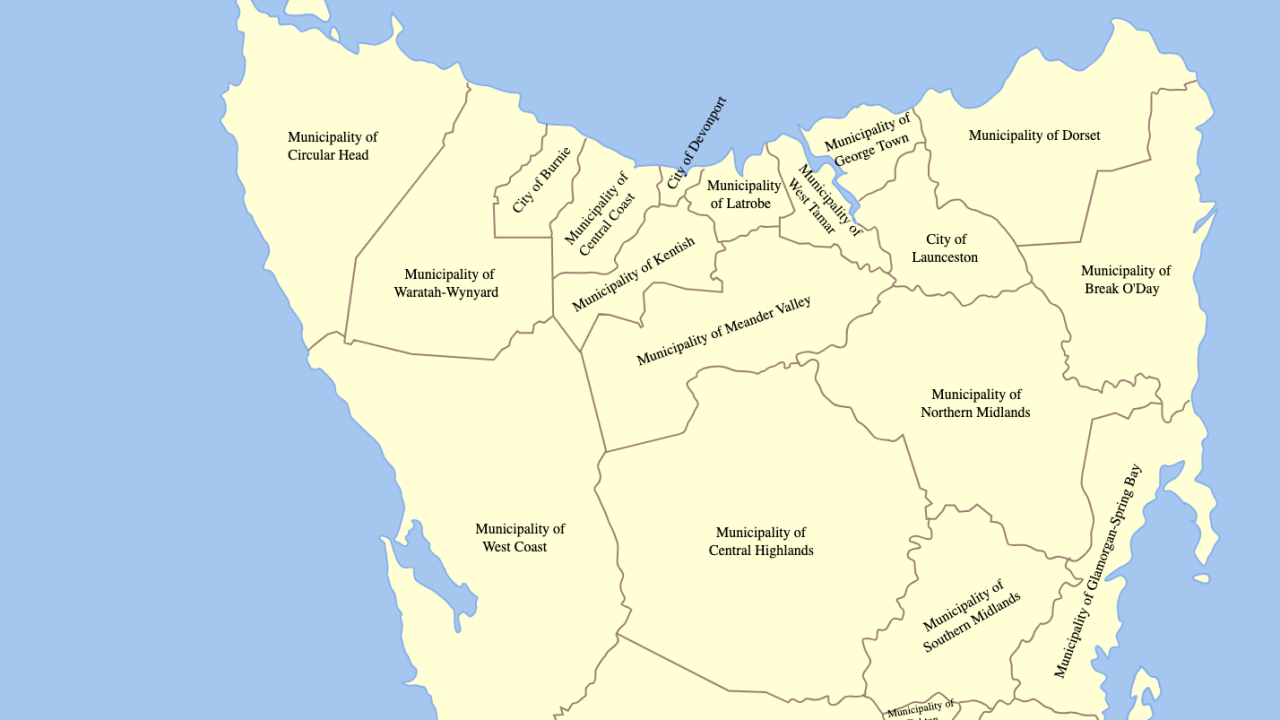We will all go broke at this rate

LOCAL council rates. We all pay them, we all complain when they rise and for Tasmanian farmers, we increasingly worry how continual rate rises will impact future farm viability.
Across many Tasmanian municipalities this year, farmers have been slugged for huge rises in rates and increased valuations on their properties – far more than expected and able to be justified.
This is at a time when farmers have gone from a dry season with lowering commodity prices and yields to a deluge combined with cyclonic and damaging winds.
While increases are expected, the scale of increases for some councils this year is incredible.
Over the past five years farmers, in some cases, have seen rates rise in dollar terms by over 100 per cent. What other business sector would put up with that?
It seems this has come from two issues – councils needing to increase rates to cover their operating costs and for some municipalities in 2024, a revaluation of land, meaning higher payments to council.
Some councils, such as Dorset in the North East, have recognised the impact that the revaluation will have and have placed a 15 per cent cap on any increase for this financial year.
It is extraordinary that a farm’s rates could increase by 15 per cent and that would be a capped increase. Farmers can be justified in expressing their concern when these rate rises occur with no perceptible increase in value or service.
This is especially so when there is no choice but to pay.
These are not increases in fuel, or fertiliser or the basic cost of running a farm, these are increases in council rates in 2024 – which add no value to any commodity as they leave the farm gate.
Farmers are of course market-based price takers – we are paid whatever the market determines.
If costs go up but prices go down, there is no option but to pay the increased cost and take the reduced price.
However, local government can lift its rates through a decision around the council table based on advice from officials without any skin in the game – our farming game.
It does seem to many in the agricultural community that the easiest pathway for local government is to increase rates rather than focus on efficiency and the reduction of costs.
The huge variation in rate rises across the state highlights the disparity for farming businesses seeking to have a level playing field.
A sheep farmer on Flinders Island will be slugged an extra 10.141 per cent this year in rates, yet sheep farmers in the Central Highlands Council will see only a three per cent rise in rates.
You could be growing potatoes in Kentish and see a rise of 7.1 per cent, but your fellow potato grower in Waratah/ Wynyard will only be charged an extra 2.95 per cent - how does that make sense?
What is our farmer in Kentish paying for that our farmer in Waratah/ Wynard is not?
It is time for some hardnosed decisions to be made. It is well past time for the vexed issue of council numbers to be finally addressed.
State governments of both parties have kicked this issue down the road for too long – 29 councils are too many.
In the agricultural sector, the differences between councils are unjustifiable and making a critical sector for Tasmania so much harder to turn a profitable dollar.
Furthermore, across Tasmania, local councils are maintaining football grounds where no football has been played for years and holding other parcels of land for which no return to council is derived.
In a time where there is an apparent shortage of available land for housing, these assets would be better utilised in that manner and be shifted from a cost to council to a positive return and help grow communities at the same time.
Agriculture is not a bottomless financial pit into which government at all levels can pull money out of – far from it.
Farmers need to see value for the rates they are paying – what does local government do that equates to the high rates paid?
Farmers certainly do understand the value of maintained roads, of rubbish collection, waste disposal and the need for community infrastructure, but the key point is, does the value match the cost?

Add new comment